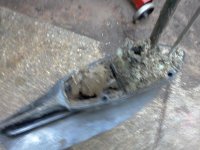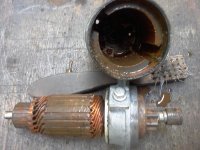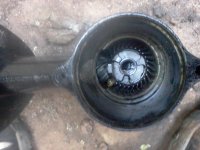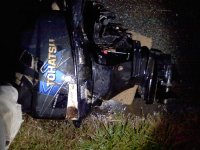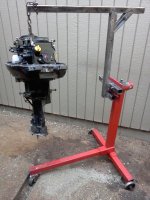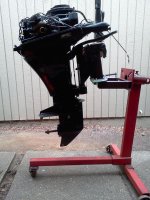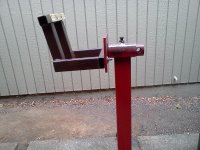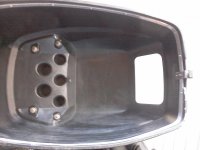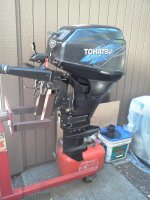Just about finished cleaning up a 2008-2010 Tohatsu 20HP MFS short shaft manual tilt electric start that had been in fresh water river for over a year. Serial number tag gone which is why the year span. The transom stern brackets are broken so need to replace. I have the part numbers 3BJQ62112 & 113 so know the various years models that use the same brackets for Nissan/Tohatsu. Question is can Mercury parts be used as well (my belief ) and what are the numbers to reference, thanks. Doesn't have to be exactly the same just functional. I do have the swivel bracket bar/tube with nuts and the distance piece/rod.
Pics from when I opened it up. After cleaning starter it worked & lower end turned no rust. Flushed the motor, everything turns and valves had no rust showing.
Pics from when I opened it up. After cleaning starter it worked & lower end turned no rust. Flushed the motor, everything turns and valves had no rust showing.


